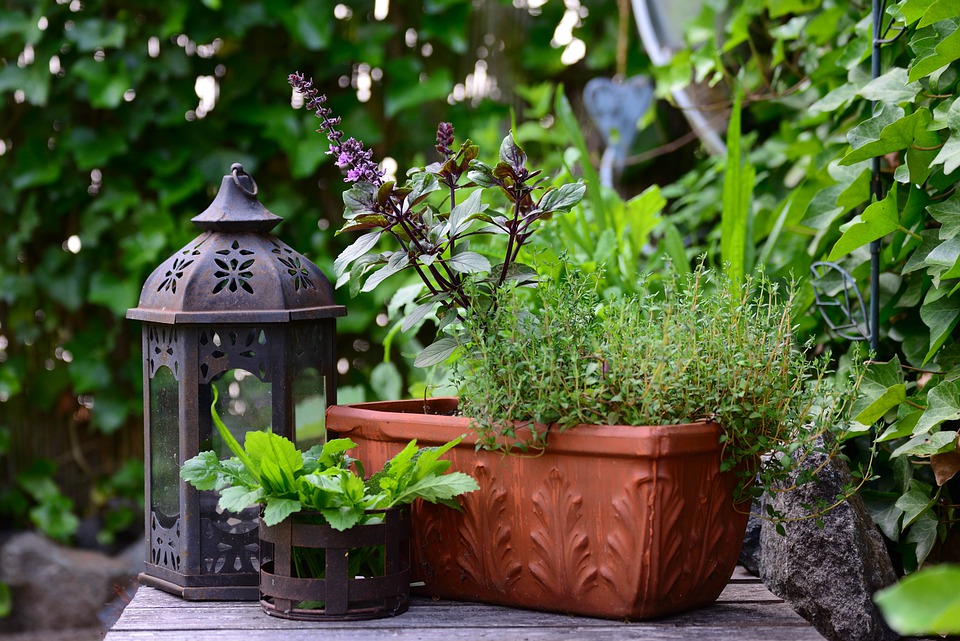Do you need to own land to be a farmer?
The answer to that question is simple – no, you don’t. If you can arrange appropriate sunlight, soil, and containers, you can grow food on your balcony. You can bring in the country vibe within your space.

You can grow almost anything like veggies for your salad, herbs for your food, or fruits for your smoothies.
Container gardening is easy for beginners as well to take up while on the job. With the abundance of tools and numerous plants, you can grow the fruits and vegetables you consume.
Sunlight is a critical factor. You should ensure that the shortlisted space gets abundant sunlight during the day.
The plants and vegetables we consume need a lot of sunlight to source their nutrients. Although, in an ideal rural setting, it may not be much of a concern.
Experts suggest that six hours of direct sunlight is enough for any fruiting tree. If it is any less, the trees may not produce fruit. It is especially true for cane berries like raspberries, boysenberries, or blackberries.
You can undertake a sun study and take pictures at regular intervals on a sunny day. Documenting timestamped images can help you understand the sunlight hours. Alternatively, you can use smartphone apps to determine the same.
It is worth mentioning that mint plants and strawberries can manage with less than four hours of sun if they receive any reflected light.
Read Also:
For in-ground gardens, infrequent and deep watering works the best, encouraging deep roots in the soil. However, this does not work for the plants on pots, and they dry out quickly.
You may have to water them more than once a day during hot days. Therefore, you should find out how you will water the proposed garden.
Modern apartments often have balconies with proper plumbing for this job. While switching to a rural setting, you will have to arrange a water source from inside the house.
You can use large-size plastic tubs to set up a drip irrigation system. Make sure you fill up the tub regularly and cover the tub to avoid evaporation and mosquitoes. Old-fashioned watering cans can also be another option to water your balcony garden.
A best practice you can follow while watering your plants is to make the soil wet slowly and not blast it all in.
You should stop watering a particular pot and move to the next one when you see water dripping from the bottom. You can also use saucers to collect the running water.
Pots are critical to the entire process, and you can choose fabric or terracotta pots. They are porous and inexpensive. These allow plenty of air for the roots, and they can spread out instead of coiling inside.
The lack of chemicals and plastics makes it an environment-friendly choice.
You should find out about the load capacity that your balcony can endure. It is especially critical for older buildings. You should also add the weight of the furniture and yourself while calculating the weight the balcony will have to bear.
You should consider the soil as a fundamental object similar to the foundation of your house. Soil is of paramount importance, and it determines the quality of your produce.
You can choose potting soil that can drain water well. Ensuring the presence of a higher quantity of organic matter like compost is vital.
A biodynamic soil that contains beneficial microbes, and is biologically alive, is the best choice. You can have organic fertilizers that dilute easily to top it up. Such a composition is far better than any chemical additives.
After determining a sunlit area, water source, and soil, you need to shortlist what you will grow. You can check the dwarf varieties that are ideal for a compact space.
The fruiting plants have roots that confine within the pot, and your balcony is not overwhelmed.
Look for a local nursery and seek suggestions about what grows well in your area. Based on their input and your objective, take a call on the plants you think you should include in your container garden.
The easiest vegetables you can grow in containers include tomatoes, radishes, pole beans, peppers, bush beans, or carrots. You can also try the dwarf variety of tomatoes – cherry tomatoes.
All varieties of peas and beets can grow well in your container garden. If you can place a five-gallon pot, you can grow eggplants also, as they need plenty of room for each eggplant to grow.
The above steps are some of the fundamentals of container gardening. You should note that this is not an exhaustive list, and there are many other factors you can consider based on your requirement.